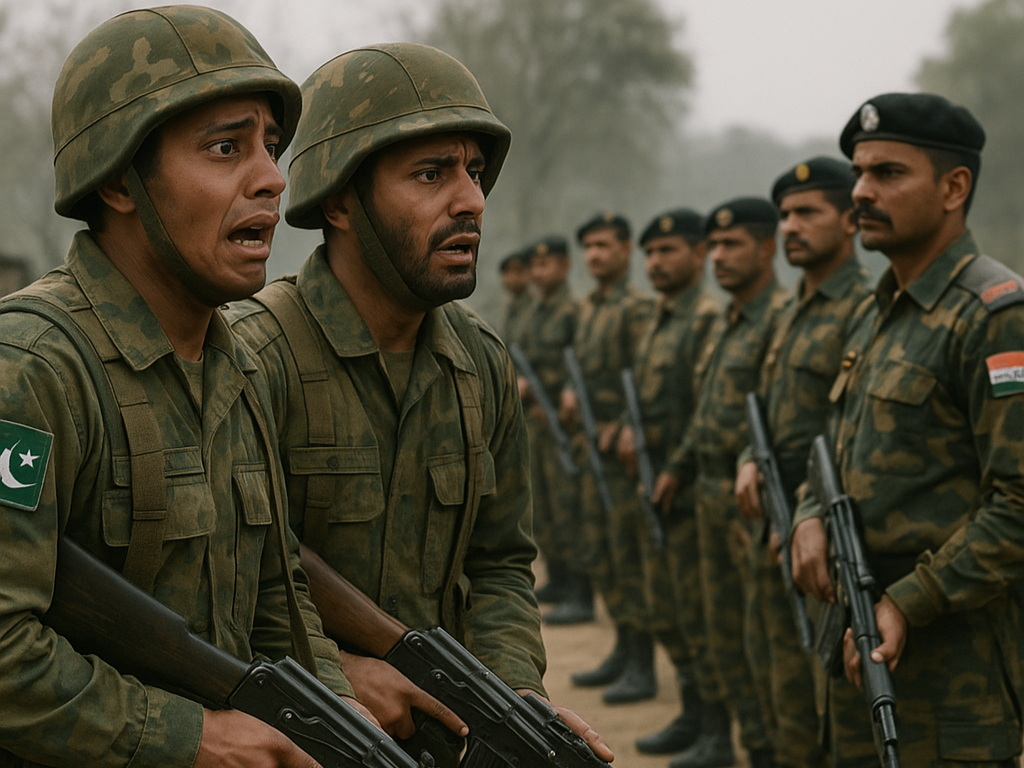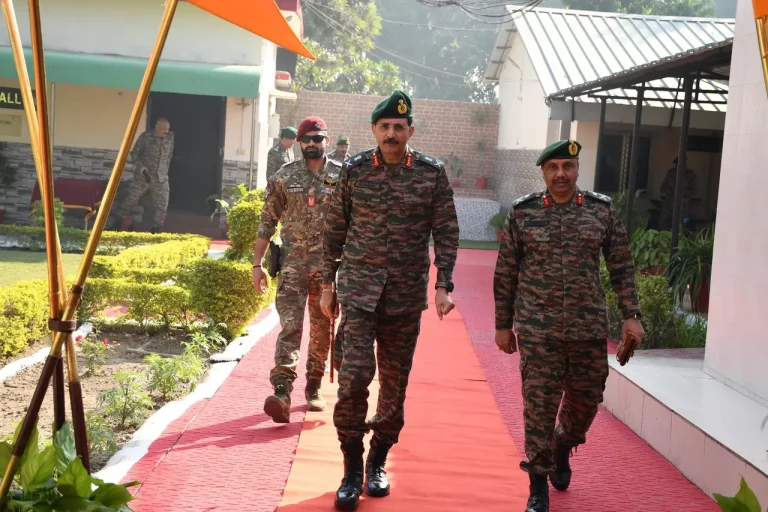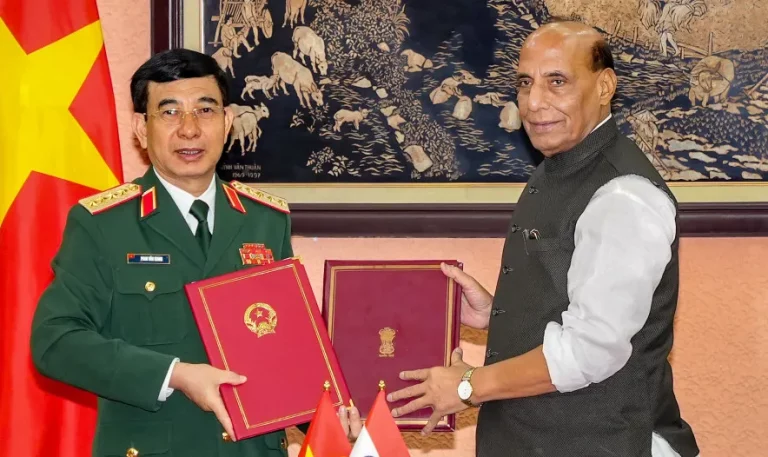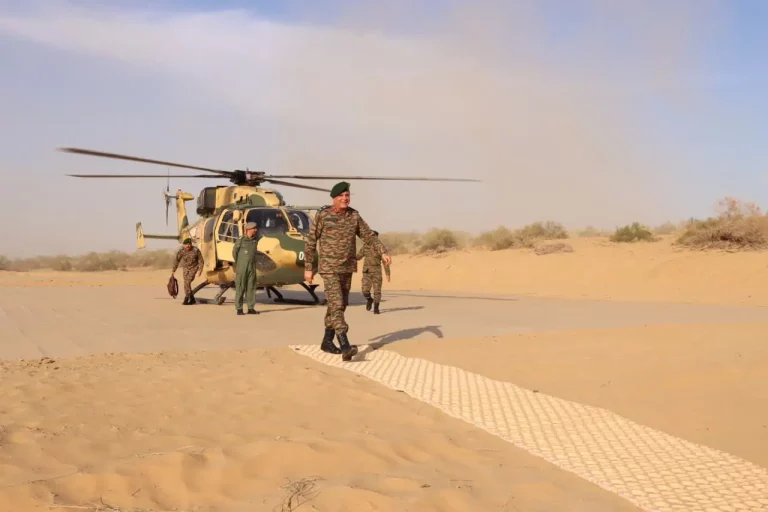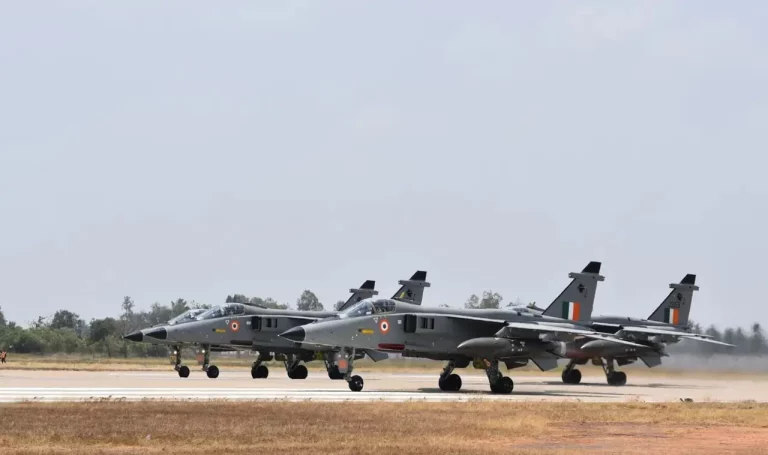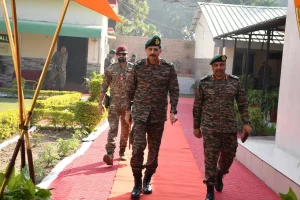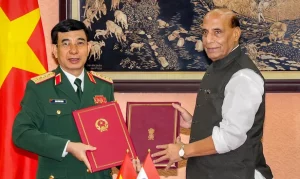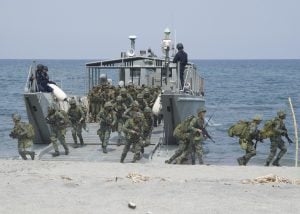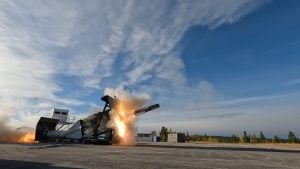A recent terrorist attack in Pahalgam’s Baisaran Valley has left a profound mark on the region, with 26 individuals dead and over 20 others injured. This incident has raised alarm bells similar to those sounded in a declassified 1993 CIA document, which described the complex and volatile dynamics of South Asia and its longstanding conflicts.
The attack has been attributed to The Resistance Front (TRF), a group allegedly linked to the Pakistan-backed militant organization Lashkar-e-Taiba. Despite the evidence, Islamabad has categorically denied any involvement. This incident underscores a troubling pattern of violence that U.S. intelligence analysts predicted decades ago.
The National Intelligence Estimate (NIE) crafted by CIA senior analyst Bruce Riedel within that document vividly depicted the fraught relationship between India and Pakistan. It concluded that Pakistan perceives India not merely as a rival but as an existential threat. This assessment was made during a period when India was on a path to stabilization under the leadership of Prime Minister P.V. Narasimha Rao and Finance Minister Dr. Manmohan Singh, while Pakistan was grappling with economic challenges and political disorder.
According to the NIE, the likelihood of a conventional war between the two nations was assessed at a mere 20%. However, the real danger lay in a series of provocations stemming from a terrorist attack, a misinterpreted military movement, or outbreaks of communal violence. In such circumstances, it was anticipated that Pakistan would respond out of fear by resorting to proxy warfare and acts of terrorism to counteract India’s growing geopolitical influence.
The report chillingly predicted that Pakistan might support militant groups in Kashmir not necessarily due to ideological motivations, but rather as a strategic means to undermine India while steering clear of direct military clashes. It cautioned that under economic duress or military governance, Islamabad could increasingly favor Islamist factions, channeling its internal discontent toward external enemies.
As outlined in the NIE, a significant imbalance was observed: India’s steady ascent in economic, military, and diplomatic power stood in stark contrast to Pakistan’s internal instability. The CIA analysts framed this imbalance as driving Pakistan toward asymmetric warfare tactics, utilizing terror as a strategic lever.
Moreover, the document emphasized a crucial point—that nuclear deterrence might not effectively prevent conflict. It noted that confidence-building measures could become irrelevant in the wake of a high-casualty terrorist incident. In such crises, leaders could act on impulse rather than adhere to established protocols—a situation that echoes the current volatility witnessed after the Pahalgam attack.
Though the TRF did not exist at the time of the 1993 report, the tactics it employs were clearly discerned by the analysts of that era. The NIE recognized groups like Lashkar-e-Taiba as proxies that Pakistan could manipulate to wage an undeclared war over Kashmir. It also highlighted the potential for religious polarization within India to facilitate Pakistan’s justifications for its interventions.
The assessment was instrumental in informing the U.S. administration under President Bill Clinton, who later visited India amid the fallout from the 2000 Chittisinghpura Massacre, another incident tied to Pakistan-based operatives.
As Indian leaders revisit the implications of the Pahalgam tragedy, many are treating the 1993 NIE not as a relic of the past but as an urgent and relevant document. The warnings it contained regarding proxy conflict, nuclear ambiguity, and the instability in Kashmir resonate just as strongly today as they did three decades ago.
